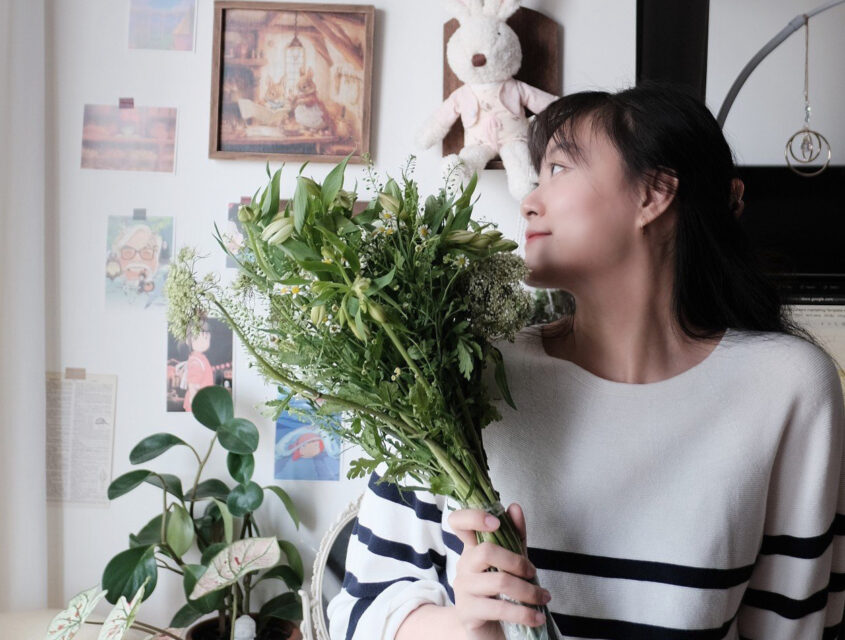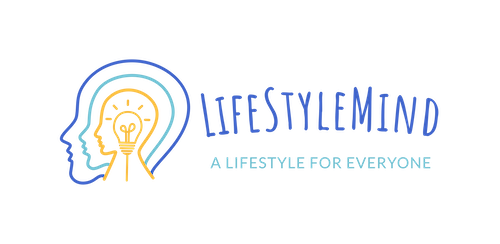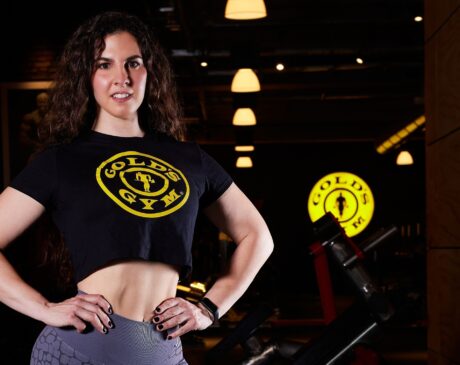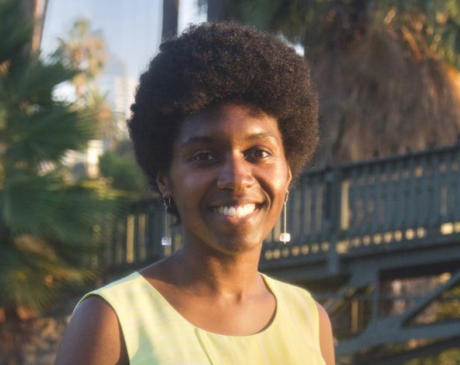The Art of Slow Living: Cece Vu Shares Her Sustainable Lifestyle Story

In today’s fast-paced world, the concept of slowing down can feel revolutionary. Cece Vu, a lifestyle advocate currently living in Ho Chi Minh City, Vietnam, has chosen to embrace slow living and sustainability after years of navigating a consumption-driven routine that left her feeling overwhelmed and disconnected.
Her journey is a powerful reminder that a more intentional and mindful way of life is not only possible but deeply rewarding. In this interview, Cece shares how she transformed her lifestyle, the daily practices that keep her grounded, and how creating a calm, eco-conscious home has helped her reconnect with herself and the world around her.
Whether you’re curious about minimalism, mental well-being, or sustainable living, her story offers practical insights and genuine inspiration.
Slow Living Interview with Cece Vu
1) Hi Cece, tell us a little about yourself and your life!
I’m Cece Vu, currently living with my husband in Ho Chi Minh City, Vietnam.
After years of living a fast-paced, consumption-driven lifestyle, I started to feel burnt out, disconnected, and overwhelmed. I realized that constantly accumulating unnecessary things and living in a cluttered space didn’t bring true happiness. Instead, I felt drained—both mentally and physically.
That’s when I began exploring slow living and sustainability. I wanted a home that felt peaceful, intentional, and aligned with my values. I started making small changes—decluttering, choosing eco-friendly products, and being more mindful of my consumption habits. Over time, I found that this lifestyle not only benefited the environment but also improved my overall well-being.
Now, I continue to practice and embrace a life that is more grounded, conscious, and fulfilling—appreciating the little things and making choices that truly align with my inner peace. My journey into eco-sustainable living is still evolving, but it has completely transformed how I see life and the things I choose to surround myself with.

2) What does living a “slow life” mean to you?
For me, slow living isn’t just about doing things more slowly—it’s about living with intention and being present in each moment, instead of constantly rushing through life. It’s about appreciating simple pleasures, like decorating a cozy corner, making a warm cup of tea, or watching sunlight filter through my balcony without feeling the pressure of the outside world.
It also means starting the day at your own pace—waking up calmly, taking time to stretch, enjoying a quiet morning, and moving through the day in a way that feels natural and fulfilling. You don’t do things just to check them off a list—you do them to truly experience and enjoy them.
3) What are the key principles of slow living that you try to apply in your daily life?
I try to embrace simplicity, mindfulness, and balance in my everyday life. This means creating a home that feels peaceful and safe, a place where I can move through my day with ease. I make time for small rituals like morning journaling, listening to affirmations, and eliminating physical and mental clutter. I also strive to be more intentional with how I spend my time and energy.
Of course, I can’t always be fully present every moment. But in the mornings and at night before bed, I make sure to return to these habits to realign myself. Sometimes life throws unexpected events our way, and I can’t always maintain a slow pace—but I do my best to stay positive. Once the moment passes, I go back to the rhythm of life that feels right for me.
Also, having a partner who respects and shares the same frequency is an important factor in maintaining this lifestyle. When someone understands and embraces the same values, it becomes easier to stay grounded and committed to living mindfully and intentionally.
4) What benefits have you experienced since adopting a slower and more mindful lifestyle?
Since embracing a slower lifestyle, I’ve felt more at peace, less overwhelmed, and more grateful for everyday moments. My home has become a sanctuary—not just a place to live—but a space where I feel safe, comfortable, and inspired. I also feel a stronger connection to myself, to my surroundings, and to the things that truly matter.
As an ambivert who leans toward introversion and someone who’s naturally sensitive, adopting this lifestyle has brought me more peace than ever. It allows me to recharge, protect my energy, and live in a way that honors my nature.
Most importantly, my physical and mental health have become top priorities. I want to make sure I’m caring for myself in ways that are sustainable and nourishing. And when I feel peaceful within, my energy becomes more positive—and I’m better able to share that energy with those around me.
5) What advice would you give to someone who wants to start living more slowly and sustainably?
Start with small changes—slow down your mornings, reduce unnecessary commitments, and create a space that brings you peace. Don’t feel pressured to change everything overnight.
Slow living is about progress, not perfection. Surround yourself with things that add value to your life—whether it’s nature, meaningful relationships, or simple daily rituals.
Adding plants and flowers to your space is a wonderful way to bring freshness and tranquility into your home. You can also include spiritual elements like crystals, incense, or aromatherapy to create a more grounding and ritualistic atmosphere.
One important habit is keeping your space clean and decluttered. Cleaning your home also helps clear your mind, creating a sense of order and calm in both your physical and mental space. It really makes a difference.
And above all, always make time for yourself. No matter how busy life gets, having moments of solitude and self-care helps you stay connected to your inner peace.
6) In your opinion, how can a slower, more mindful lifestyle improve people’s well-being?
A slower lifestyle reduces stress, improves mental clarity, and brings a deeper sense of fulfillment. When we stop rushing, we can appreciate the beauty in life’s simplest things—whether it’s a cozy home, a quiet morning, or the feeling of fresh air on our skin. It helps us stay grounded and present in our lives.
And when you feel at peace, grateful, and energetically aligned, your whole perspective shifts. You begin to see life through a more positive lens. With that mindset, good things naturally flow into your life—because you’re open to receiving them.
7) What places or habits help you stay true to the principles of slow living?
Spending time in cozy, thoughtfully curated spaces helps me stay grounded. Whether it’s a quiet corner in my home, a small café with warm lighting, or a walk in nature—these places remind me to slow down and be present. My daily habits like journaling, reading, and mindful decorating also keep me connected to the heart of slow living.
Another thing that brings me peace is simply observing my home—sitting quietly and watching the small moments unfold around me.
Sometimes I love capturing these moments through photos or videos as a way to appreciate them even more. And of course, spending time with my cats—watching them play or just cuddling—brings me so much joy and a deep sense of calm.

8) How do you think the combination of eco-friendly homes and slow living can contribute to a more sustainable future?
When you live slowly, you develop a deep appreciation and gratitude for everything in your home. You cherish what you already own instead of constantly seeking more.
You also prioritize your well-being, which includes being mindful of your environment—choosing non-toxic materials, natural light, fresh air, and sustainable products.
In this way, slow living supports a more conscious and sustainable lifestyle—one that respects both ourselves and the planet.
9) Have you noticed a growing interest in these topics in recent years? What do you think has driven this shift?
Yes, I believe there’s a growing movement toward intentional, mindful, and sustainable living. More people are realizing that a fast-paced, consumption-heavy lifestyle often leads to burnout.
There’s a growing desire for peace, balance, and authenticity. People want to create spaces and lives that feel fulfilling—not overwhelming.
Mental health issues have also become more visible, especially among young people. Many are starting to understand that balance is essential, and that true happiness comes from within.
Physical and mental well-being have become priorities, and people are becoming more aware of how their environments, habits, and lifestyles affect their health.
So I’m not surprised by the rising interest in slow living and sustainability. Even in my own life, I’ve naturally started turning inward, focusing on what really matters, and embracing a more intentional way of living.
10) What’s your dream for the future when it comes to sustainability and personal well-being?
I dream of a world where more people embrace simplicity, mindfulness, and sustainability—creating homes that reflect their true selves, rather than just following trends.
When people truly embody these values, I believe the world will feel less toxic—both in how we treat ourselves and others. Instead of chasing external validation, people will focus on well-being, inner peace, and personal growth.
They’ll feel more connected to nature and to what really matters in life, leading to a more harmonious and fulfilling existence.
Thank You, Cece!
We sincerely thank Cece Vu for sharing her personal journey and thoughtful reflections with us. Her experience shows how slow living and sustainability can go hand in hand to create a more balanced and fulfilling life.
If you’re interested in following her path and discovering more about her mindful lifestyle, we invite you to follow her on Instagram at @cecevudays, where she continues to inspire others through her everyday choices and peaceful approach to living.



